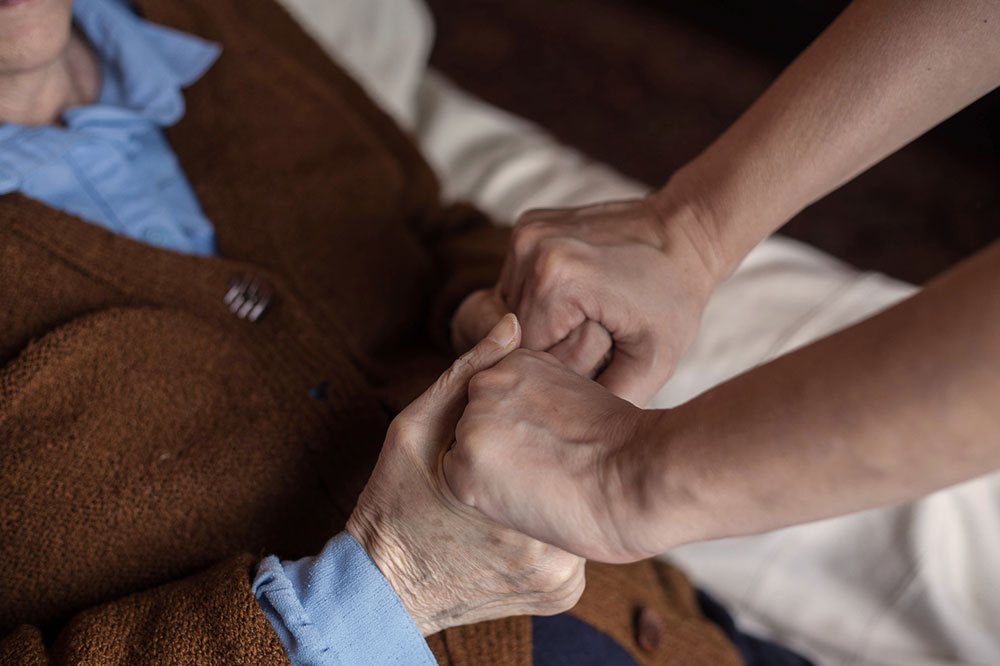All You Need To Know About Spinal Muscular Atrophy
Spinal muscular atrophy (SMA) is a hereditary sickness influencing the portion of the sensory system that controls the movement of voluntary muscles. The vast majority of the nerve cells that control muscles are situated in the spinal cord, which represents the word spinal given in the name of the ailment. The word muscular represents its main impact on muscles, which don’t get signals from these nerve cells. The word Atrophy is used to represent the decay of muscles when they are inactive.

In this disease, there is a loss of nerve cells called motor neurons in the spinal cord and hence it is delegated as a motor neuron sickness.
What are the causes of Spinal Muscular Atrophy?
- Spinal Muscular Atrophy is an congenital disease.
- That means, if a child suffers from SMA, he might get two copies of a broken gene from each parent.
- Due to this, a specific kind of protein cannot be made in his body.
- This protein is named SMN which means Survival of Motor Neuron and it is essential for the normal functioning of motor neurons.
- If anyone has only one broken gene, then he will become a carrier of this disease and will pass this broken gene to his child in the future.
What are the symptoms of Spinal Muscular Atrophy?
The symptoms of Spinal Muscular Atrophy are based on the type of SMA:
- The most severe type of SMA is Type 1. The patient needs support for his head and sitting. Due to this type of SMA, the weakness level is so high in the muscles that the patients would not be able to breathe. That’s why children with this type of SMA don’t live more than two years of age.
- The type 2 SMA is called as chronic infantile SMA. The children of age 6-18 months are most affected by this type of SMA. This type usually affects the legs. The child affected with this type may walk, sit or stand with support.
- Children of age two to seventeen years are mostly affected by type 3 SMA. This is known as juvenile SMA. With this type of SMA, children can walk, sit and stand without any support. But they may not be able to run, climb or get up from the chair. They may need a wheelchair in the future.
- Type 4 SMA usually begins when you are an adult. The symptoms are like twitching, weakness of muscles or problem in breathing.
Disclaimer:
The content provided on our blog site traverses numerous categories, offering readers valuable and practical information. Readers can use the editorial team’s research and data to gain more insights into their topics of interest. However, they are requested not to treat the articles as conclusive. The website team cannot be held responsible for differences in data or inaccuracies found across other platforms. Please also note that the site might also miss out on various schemes and offers available that the readers may find more beneficial than the ones we cover.




